

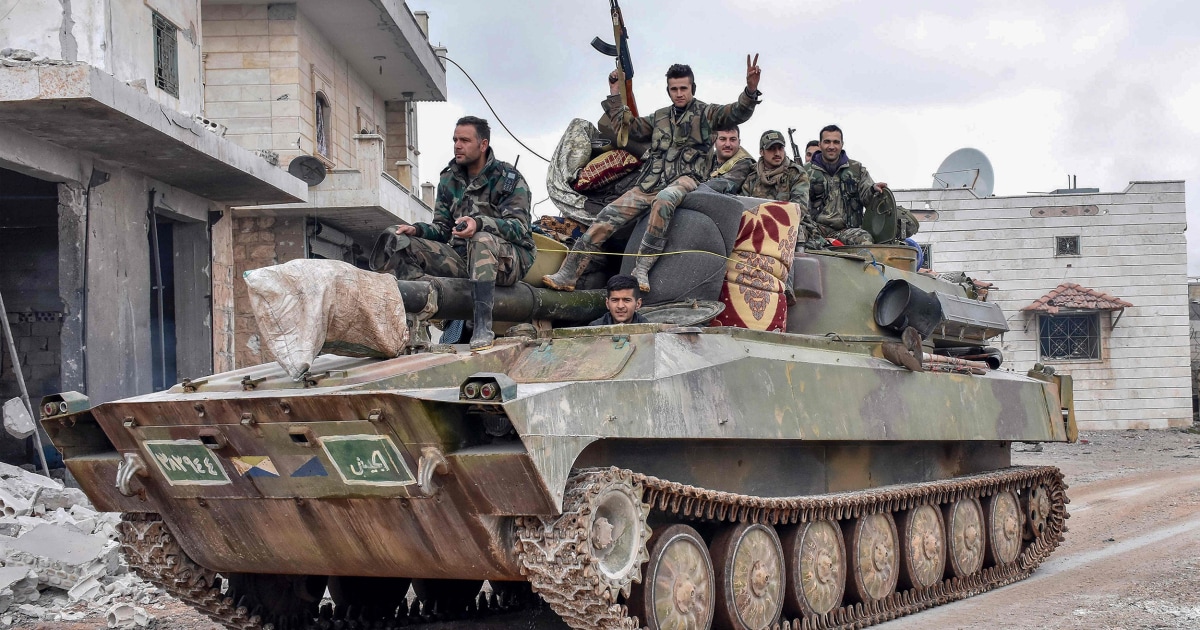
In a major escalation of the ongoing war in Syria, rebel forces led by Hayat Tahrir al-Sham (HTS) have seized control over the city of Daraa, near Jordan. This makes Daraa the fourth key Syrian territory to fall to the militants in the past week, destabilizing the political landscape of the country and prompting concern from neighboring countries like Iran. The insurgent offensive has also been hindered by regional conflicts involving Iran, Russia, and Hezbollah. If the rebels continue to make gains, they could potentially cut off Damascus from the coast, a stronghold of President Bashar al-Assad's regime. As a result, thousands of civilians have already fled towards the coast to escape the violence.
Escalation in Syria: Rebels Seize Daraa, Prompting Regional Concerns
Background:
The Syrian Civil War, which began in 2011, has been marked by intense fighting between various factions, including government forces, rebel groups, and extremist organizations. In recent years, the conflict has largely been stalemated, with neither side able to achieve a decisive victory.
Recent Developments:
In a major escalation, rebel forces led by Hayat Tahrir al-Sham (HTS), a coalition of jihadist groups, have seized control over the city of Daraa, near the Jordanian border. Daraa is the birthplace of the Syrian uprising, and its capture by rebel forces has sent shockwaves through the region.
Significance of Daraa:
The capture of Daraa is a symbolic and strategic victory for the rebels. It is the fourth key Syrian territory to fall to the militants in the past week, following the capture of As-Suwayda, Quneitra, and Idlib. The seizure of Daraa brings the rebels closer to Damascus, the capital and stronghold of President Bashar al-Assad's regime.
Regional Concerns:
The rebel advance has raised concerns among neighboring countries, particularly Iran, which supports the Assad regime. Iran's regional rival, Israel, has also expressed concern over the possibility of Hezbollah, a Lebanese Shiite group allied with Iran, gaining a foothold in southern Syria.
Obstacles for Rebels:
Despite their recent gains, the rebels face challenges in sustaining their offensive. They have encountered resistance from government forces and loyalist militias, as well as regional conflicts involving Iran, Russia, and Hezbollah. Additionally, civilian casualties and displacement have raised humanitarian concerns.
Top 5 FAQs and Answers:
1. Who is Hayat Tahrir al-Sham (HTS)? HTS is a coalition of jihadist groups that emerged in 2017 from Jabhat al-Nusra, the Syrian branch of al-Qaeda. It is considered a terrorist organization by many countries, including the United States.
2. Why is Daraa significant? Daraa was the birthplace of the Syrian uprising in 2011. It is a strategically important city located near the Jordanian border and the Damascus-Amman highway.
3. What are the implications of the rebel gains? If the rebels continue to make progress, they could potentially cut off Damascus from the coast, which is a stronghold of President Assad's regime. This could weaken the regime's position and raise the possibility of a political settlement.
4. What is the role of Iran in the conflict? Iran is a key supporter of the Assad regime. It has provided military and financial support, as well as advisors and militias. Iran's involvement has raised concerns about the spread of Iranian influence in the region.
5. What are the humanitarian consequences of the conflict? The Syrian Civil War has caused a humanitarian crisis, with millions of people displaced and hundreds of thousands killed. The recent rebel offensive in Daraa has displaced thousands of civilians, who are fleeing towards the coast to escape the violence.
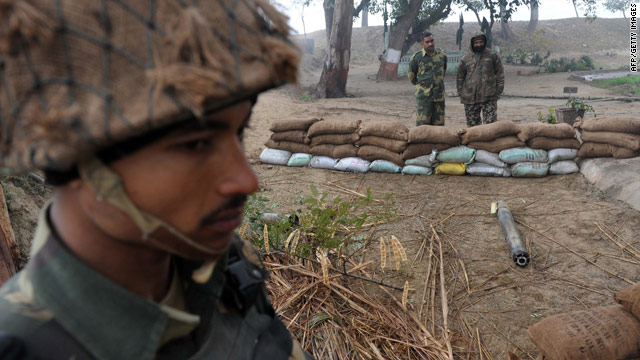
In a latest episode of the ongoing tensions between India and Pakistan, both sides made serious allegations against each other. According to Pakistan, 25 of its drones were shot down by India overnight, while India claims to have neutralized several drones and missiles from Pakistan. The causes of the clash, which resulted in the deaths of 31 people in Pakistan and 16 civilians in India, are disputed by both sides. The region of Kashmir is at the center of this conflict, with both India and Pakistan claiming it in full and experiencing a decades-long insurgency. This border skirmish has escalated tensions even further between the two nuclear-armed neighbors.
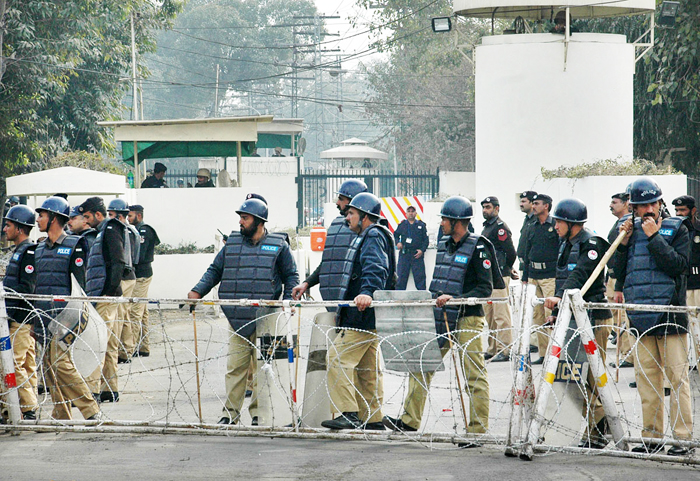
Amid reported drone explosions and downed drones, the US Consulate in Lahore has instructed its personnel to shelter-in-place for safety. Initial reports also suggest that authorities may be evacuating adjacent areas to the Lahore airport. The Consulate has advised American citizens to leave the area while news agency PTI reports that four drones have hit the Lahore cantonment area. In response, Pakistan Army has opened fire and played a siren, causing panic among residents. More updates to follow.
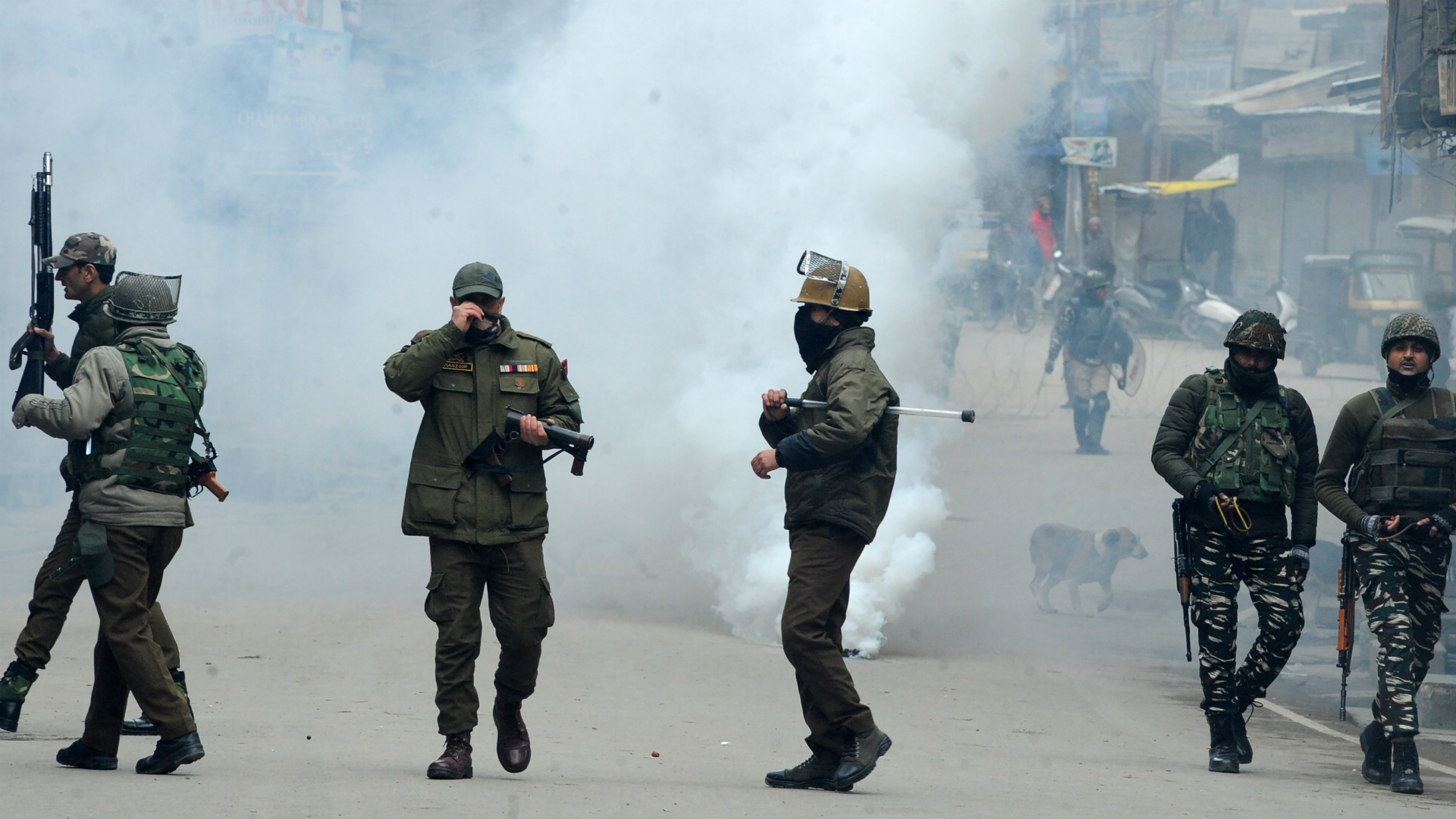
In a major victory for India's armed forces, they successfully targeted and destroyed a critical communication setup of the terror group Jaish-e-Mohammad in Pakistan. The site, located in the Sarjal village, was a vital link for communication between infiltrated terrorists in Jammu and Kashmir and their handlers across the border. The communication equipment, including high-tech LoRA Ultra Sets and Digital Mobile Radios, were supplied by the Pakistani Army and Inter Services Intelligence to bypass traditional networks and evade detection. With this strike, India has disrupted the terrorists' ability to coordinate and plan attacks, enhancing the security of the region.
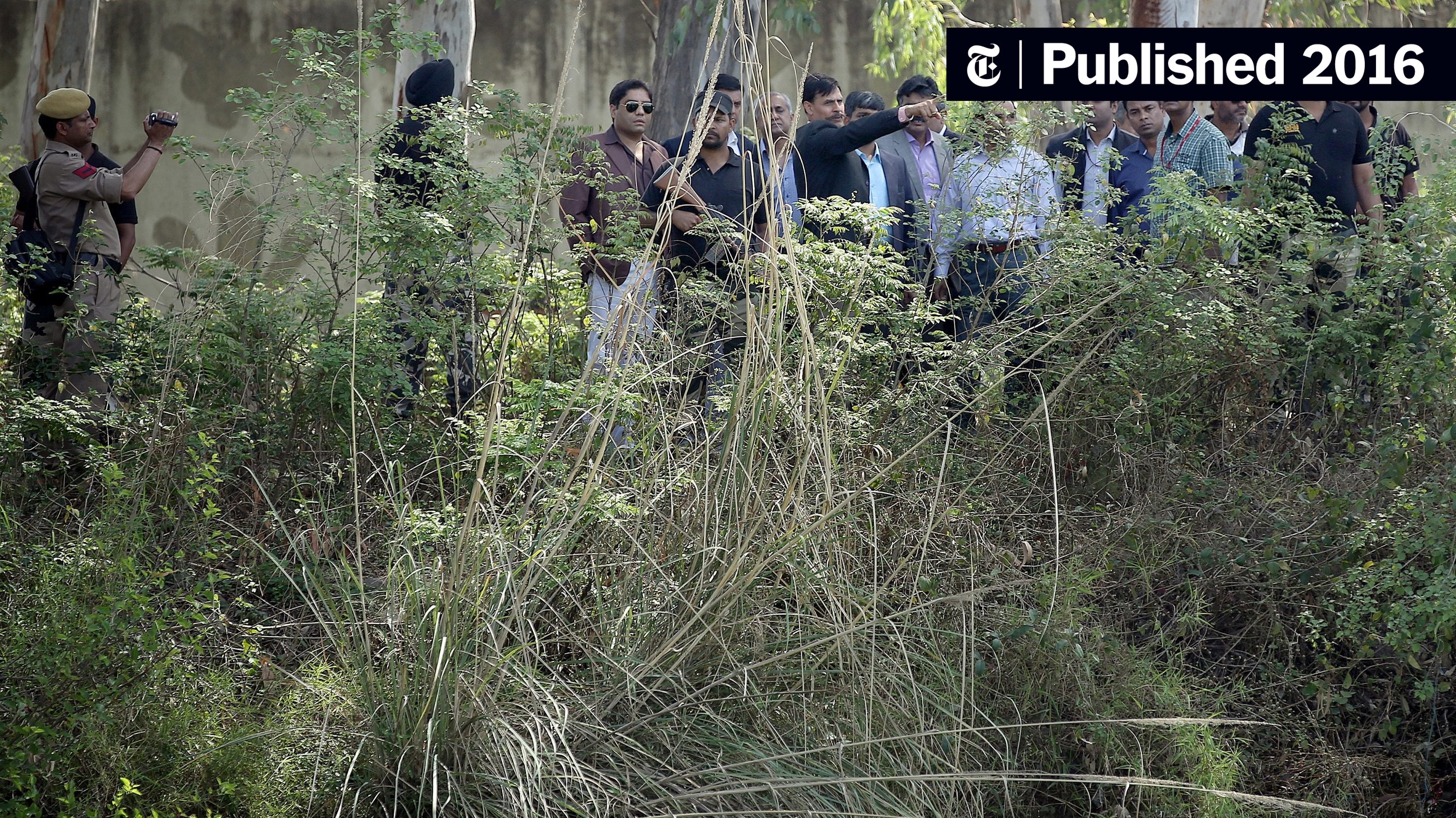
In response to the recent terror attack in Jammu and Kashmir's Pahalgam, the Indian government has taken strict measures to block Pakistani YouTube channels and accounts spreading disinformation and fake news. This includes the Indian YouTube channel '4 PM', which was reporting on the Pahalgam attack, and the X account of Pakistani Defence Minister Khawaja Asif. The move comes after several top news channels in Pakistan were also banned for disseminating provocative and misleading content regarding the attack.
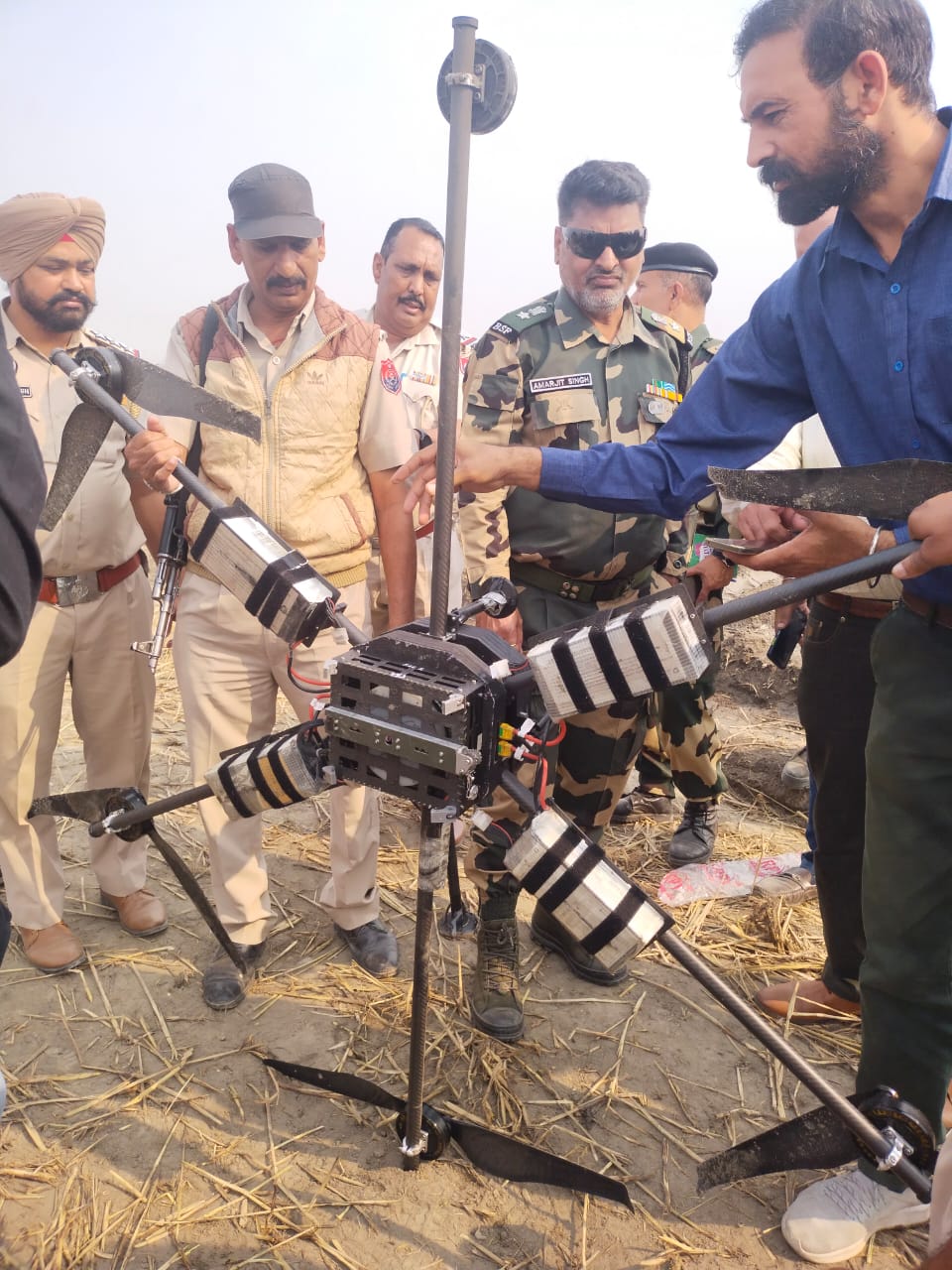
Amid rising tensions between India and Pakistan, Pakistan's Army spokesperson announced at a press conference that they had shot down 12 Indian Harop drones. These loitering munition drones, equipped with advanced technology, are capable of detecting and destroying high-value military targets. Developed by Israel Aerospace Industries, the drones have been imported by India over the past decade, making the situation even more alarming for the two neighbouring countries.
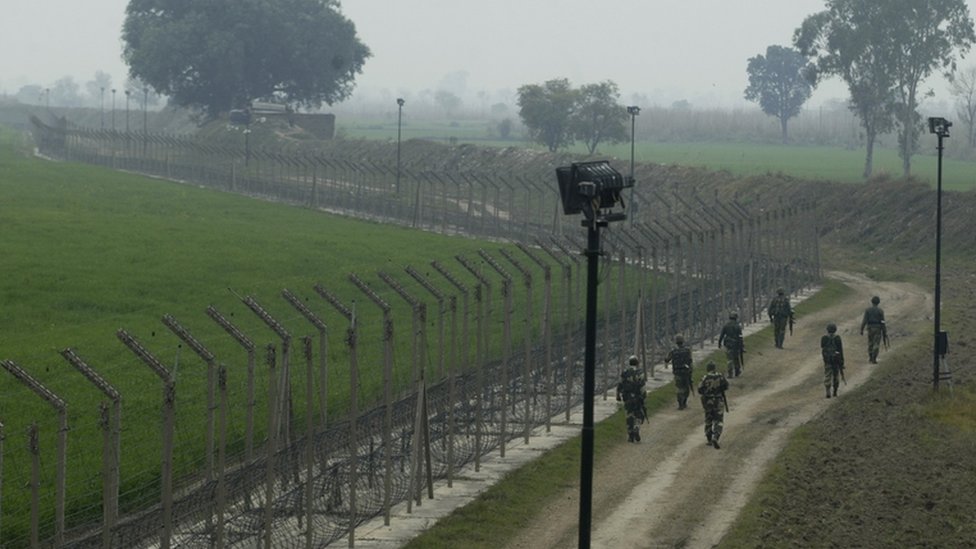
The already tense situation between India and Pakistan has escalated even further following a suspicious drone incident near the border in Gujarat. The police and Air Force are investigating the incident while security remains on high alert. This incident comes after Indian missile strikes on nine terrorist hideouts in Pakistan and POK, resulting in reported deaths. As tensions continue to rise, border residents are being evacuated and the Indian Army is launching a strong counteroffensive.
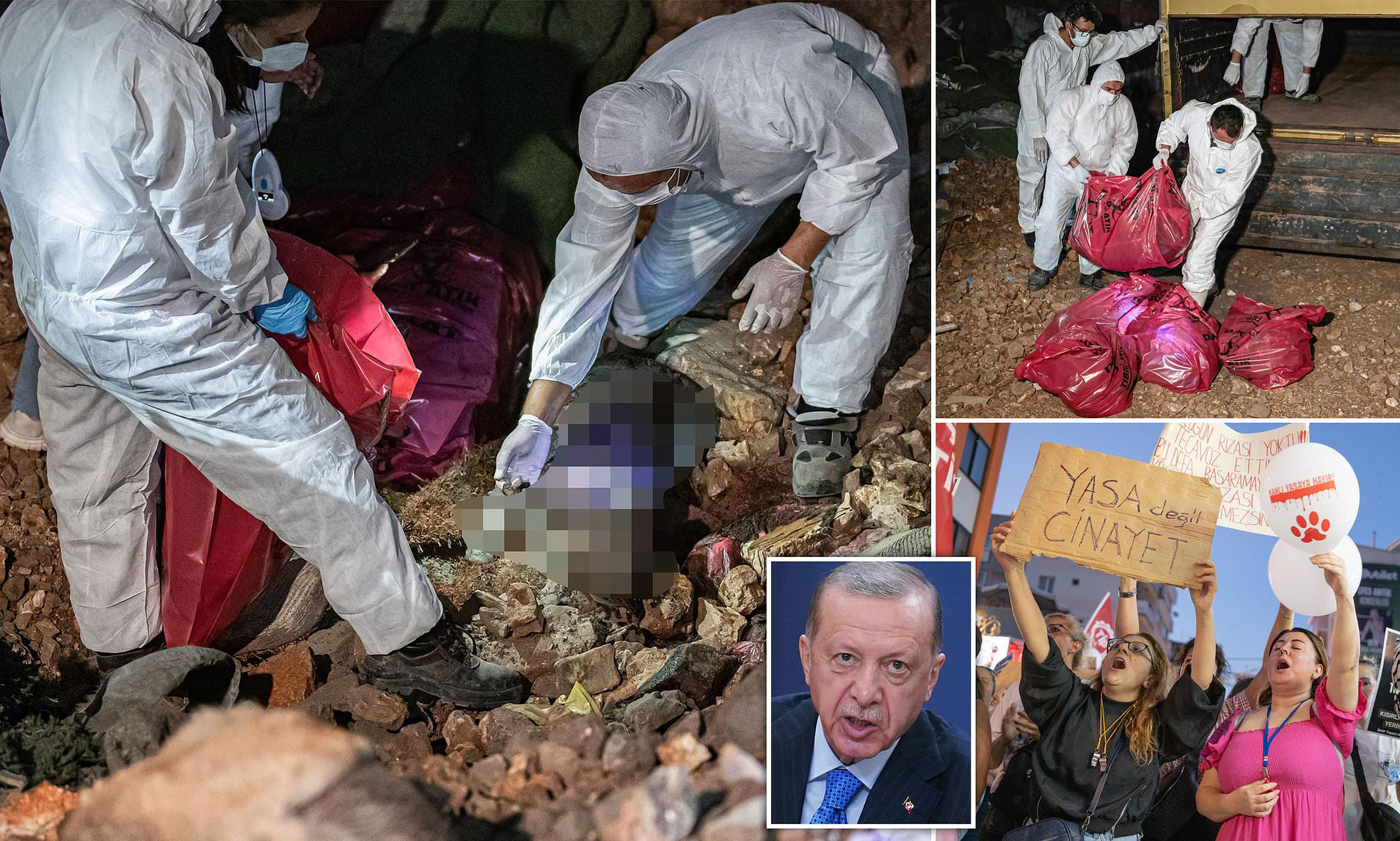
Outrage has erupted online after Azerbaijan and Turkey spoke out against India's strikes on terror camps in Pakistan and PoK. Indian entrepreneurs, financial analysts, and social media users are calling for a boycott of tourism to Baku and Turkey in response. The hashtag 'Boycott Baku' has been trending as Indians urge their fellow citizens to show their power by withholding economic engagement with nations that align with Pakistan.

Residents of Amritsar, a city in India located on the border with Pakistan, are seen calmly enjoying their morning tea despite the ongoing tension between the two countries. Amritsar MP Gurjeet Singh Aujla and former Senior Deputy Mayor Raman Bakshi assert that people of Amritsar are united with the Indian Army in the face of the conflict. However, former MLA Sunil Dutti urges people not to panic and to stick together in these uncertain times.
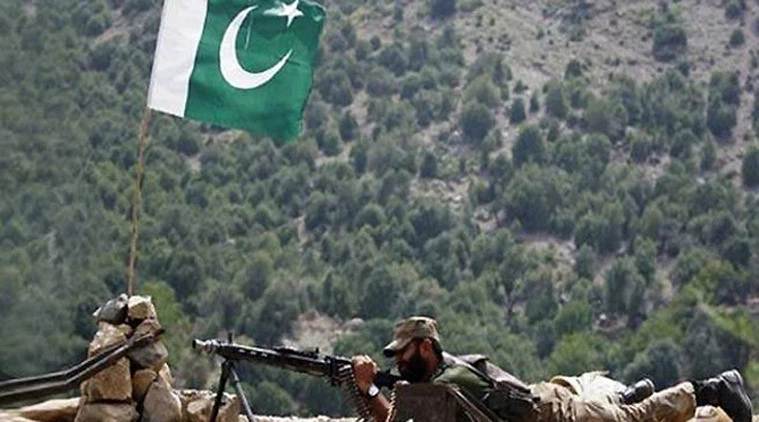
A 25-minute strike, known as Operation Sindoor, was conducted by the Indian military in retaliation to the recent Pahalgam terror attack. Utilizing advanced weapons and drones, multiple terror camps in Pakistan were targeted, showcasing India's enhanced military capabilities. The success of the precise operation was captured as evidence and sent a strong message against terror attacks from the neighboring country. This marks a significant milestone in India's narrative journalism in showcasing their military prowess.

World Red Cross and Red Crescent Day, observed annually on May 8, pays tribute to the dedication of volunteers and staff in promoting the principles of the global movement, founded by Henry Dunant. This day serves as a reminder to uphold human values and spread peace and hope amidst growing inequality, health crises, and global unrest. The theme for this year, "Keeping Humanity Alive", highlights the importance of compassionate and solidarity in responding to natural disasters, conflicts, and health emergencies.